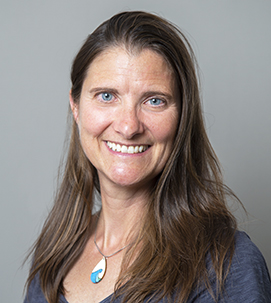Home / Academics / Our Faculty / Kirsten Kapp
- Programs
- Catalog & Class Schedules
- Course Search
- Our Faculty
- Alli Calvert
- Amanda Nicholoff
- Amanda Winchester
- Amy Hernandez
- Andrew Schrock
- Anna Baler
- Anne Nez
- Benjamin Evans
- Bill Finney
- Buck Tilton
- Colleen Bartlett
- Darran Wells
- Darryl Steeds
- Drew Freeman
- Elizabeth Oliver
- Eric Bennett
- Ethan Page
- Ivan Posey
- Jacki Klancher
- Jacob Urban
- Jennifer Kellner
- Jeremy Cochran
- Jeremy Nielsen
- Jim Kniola
- Jim Thurman
- Joey West
- John Aschenbrenner
- John Gabrielsen
- Joseph Fountain
- Joyce Campbell
- Kate Patterson
- Kathleen Tilton
- Keith Duren
- Kirsten Kapp
- Kristy Jones
- Lael Noonan
- Lisa Appelhans
- Lonnie Slack
- Lucy Graham
- Matt Flint
- Mara Gans
- Matthew Herr
- Maygen Cassity
- Melena Osborne
- Melissa Sperry
- Mike Bostick
- Nita Kehoe
- Pamela Capron
- Rory Tendore
- Stacey Stanek
- Stacy Wells
- Tamara Forbis
- Tara Womack
- Terry Wilson
- Todd Guenther
- Tracy Wright
- Tylyn Corbett
- Dr. Vonda Wells
- Wes Connally
- Library
- Student Records
- Support Services
- Career Services
- High School Equivalency
- College Prep
- IT Helpdesk
- Testing Center
- Graduation
- Our Deans



